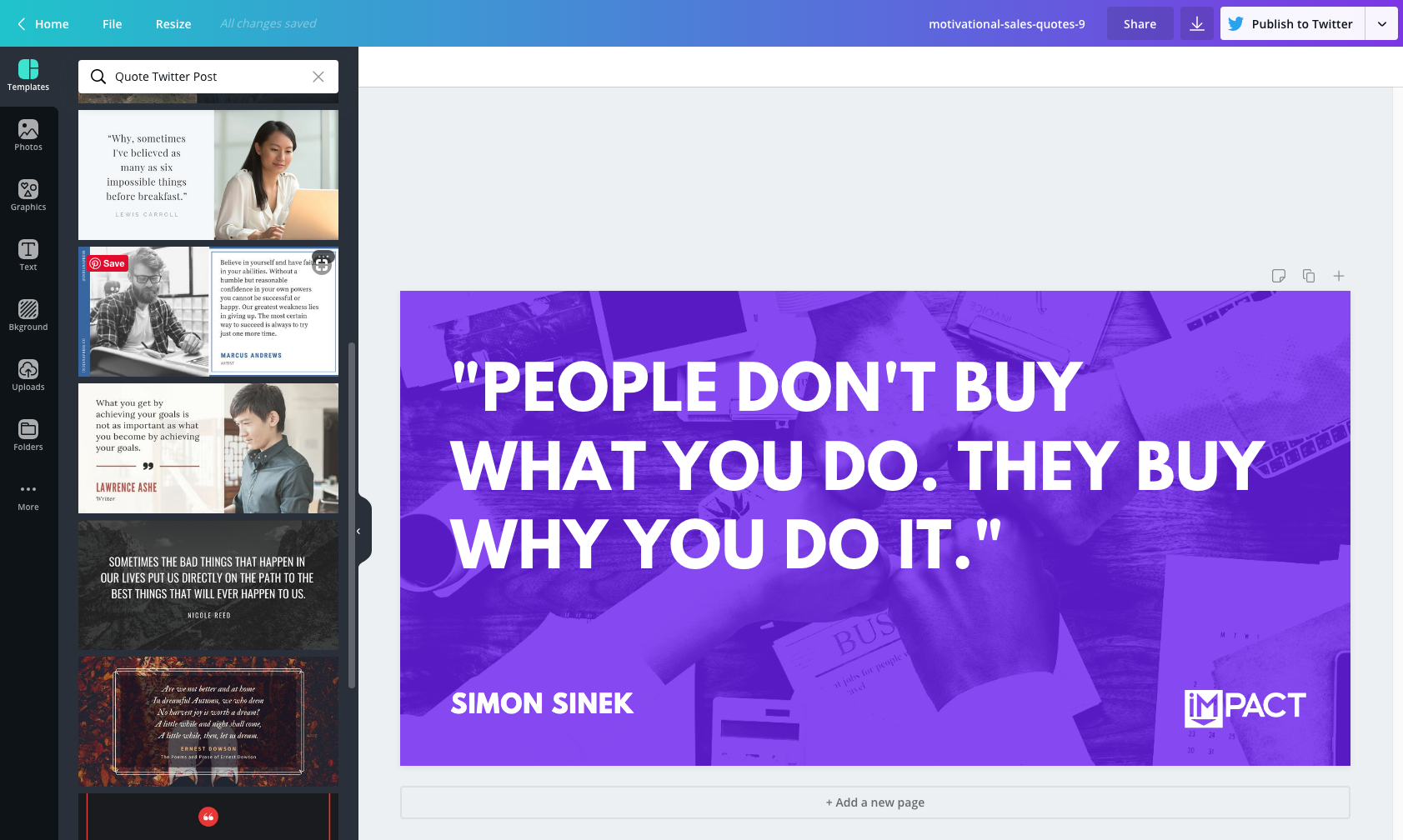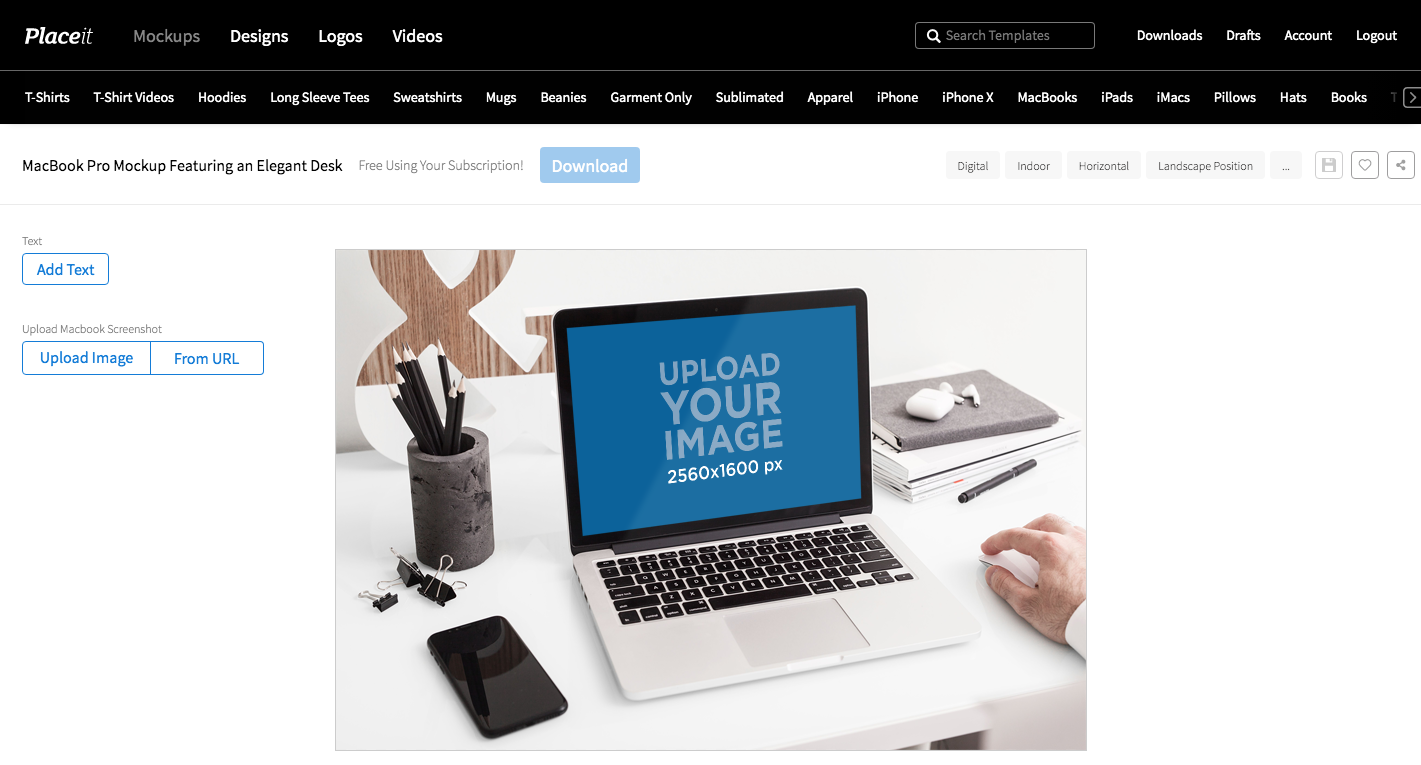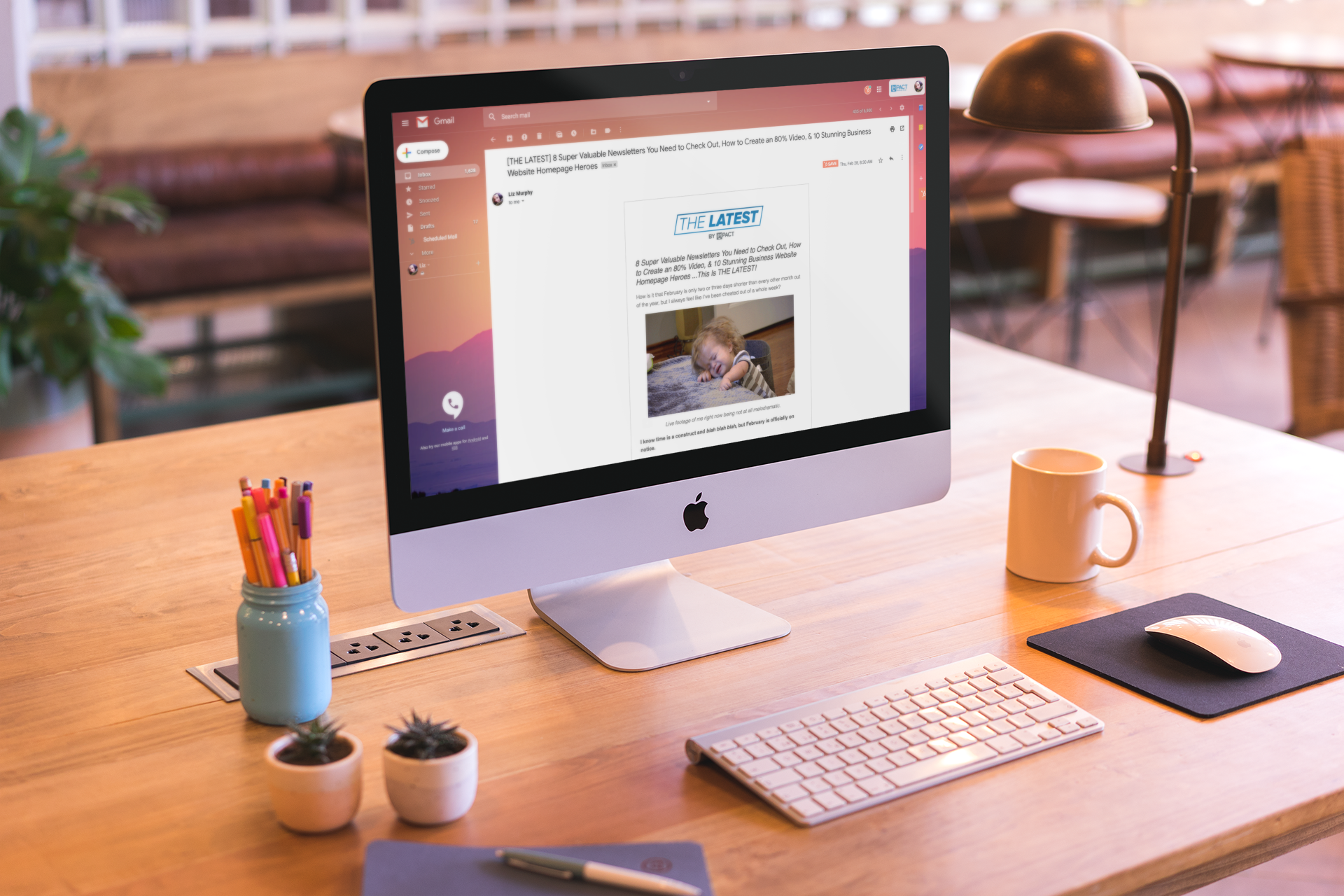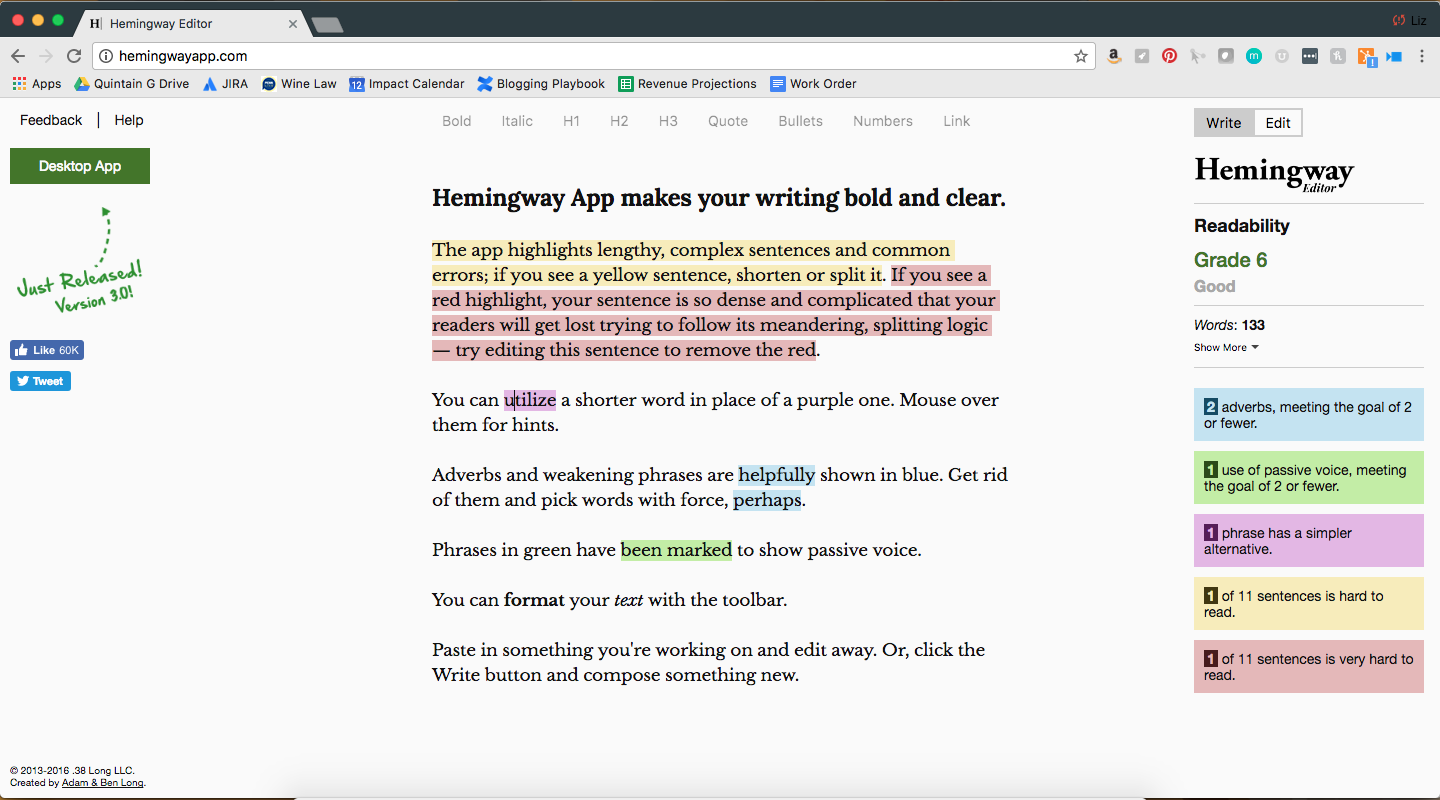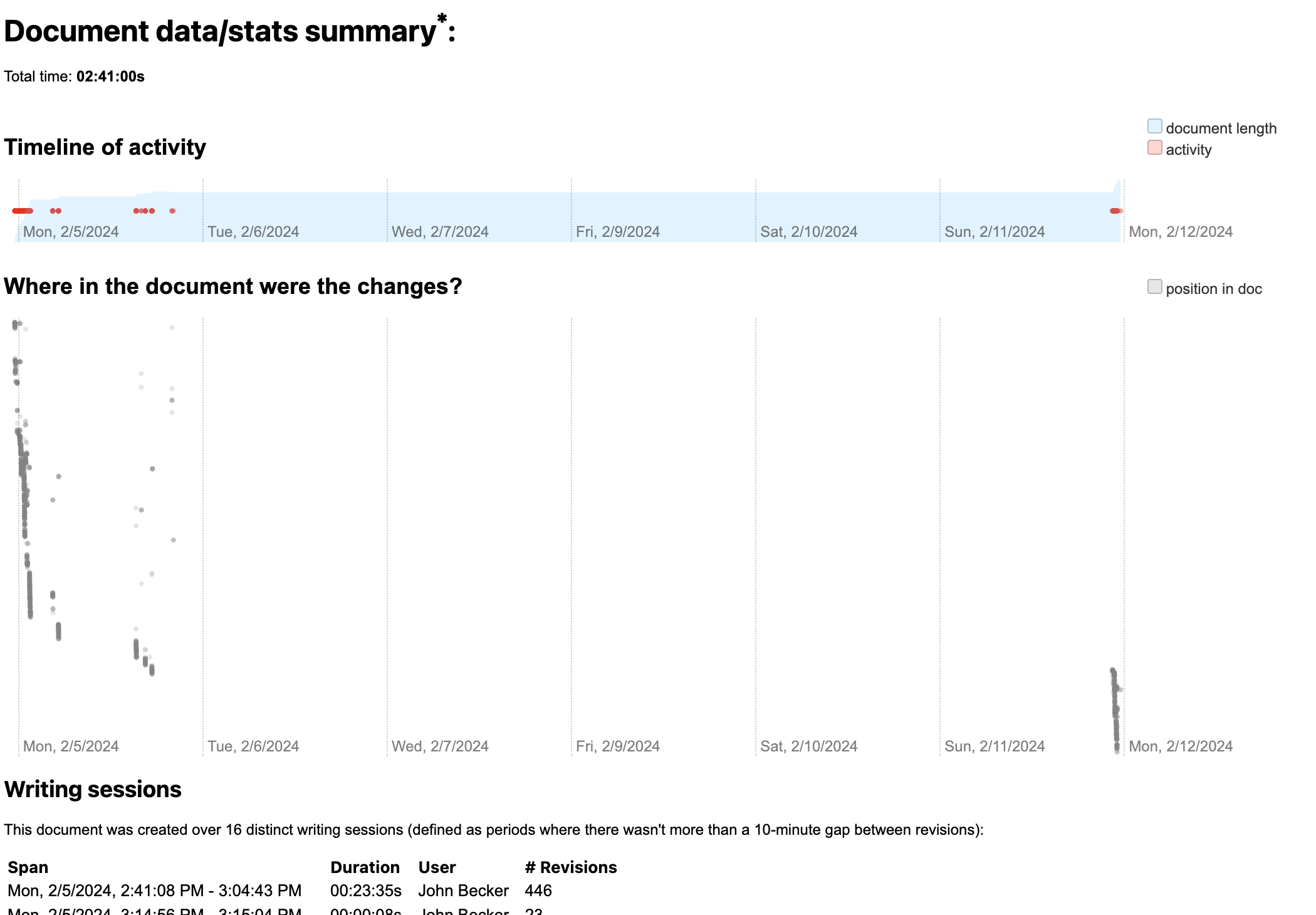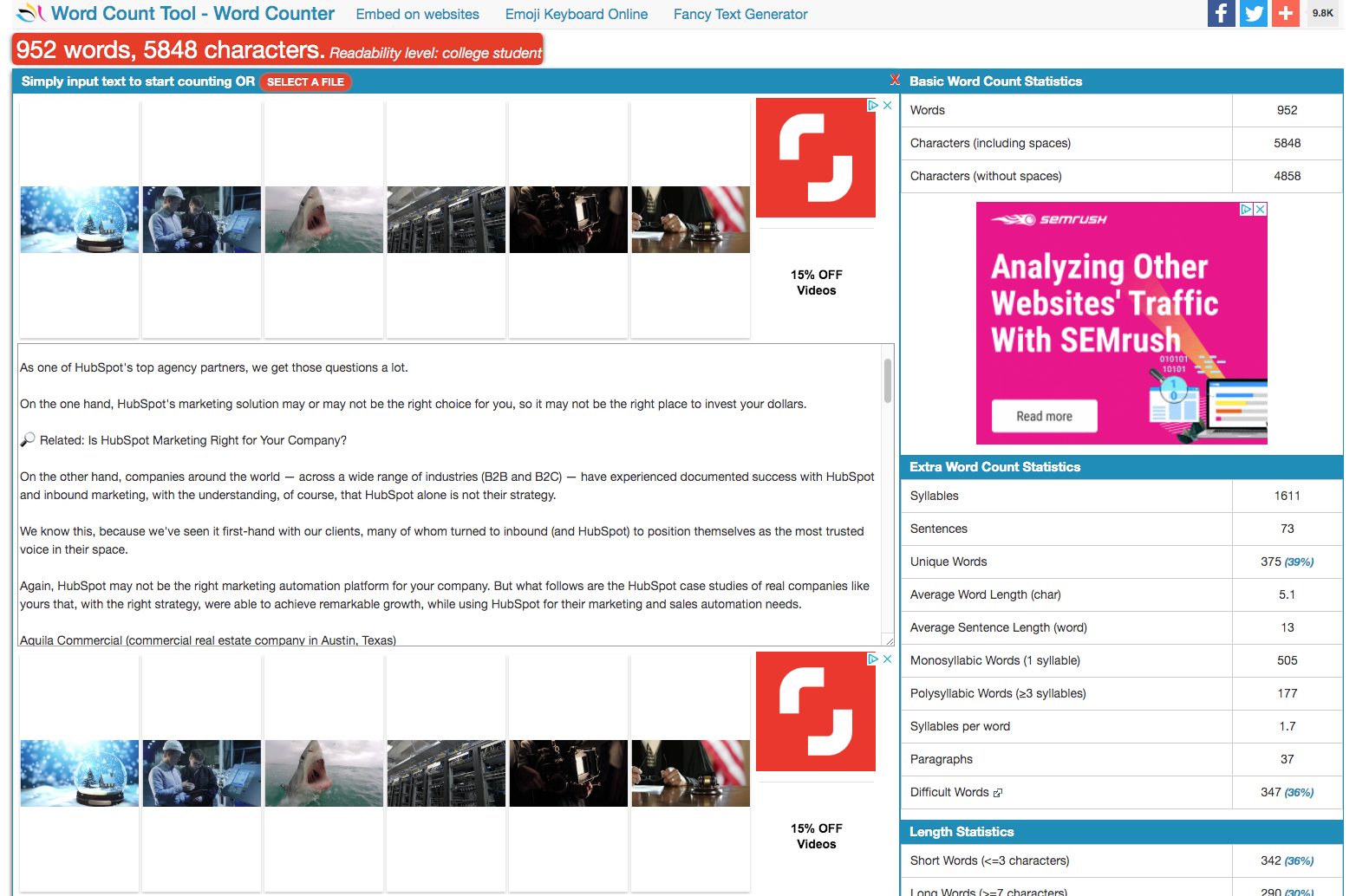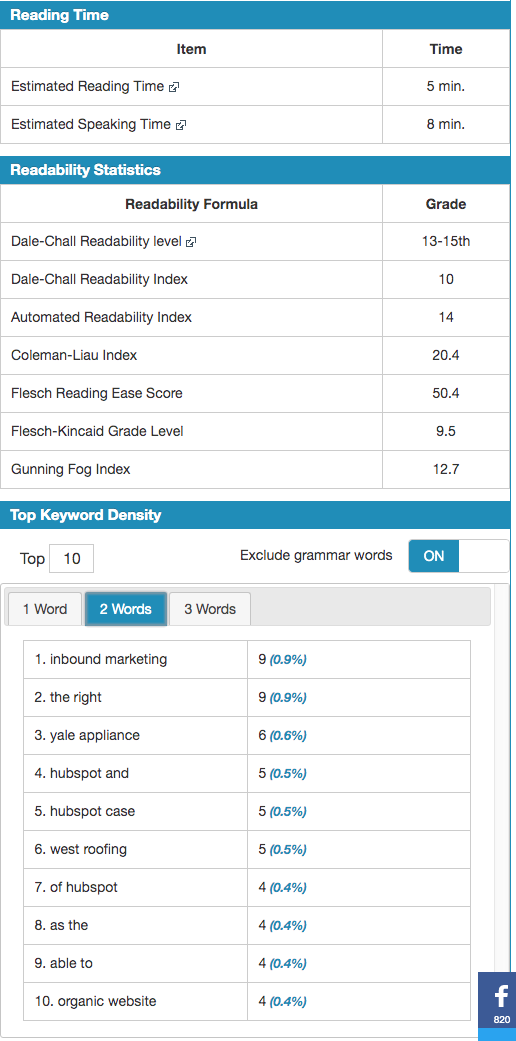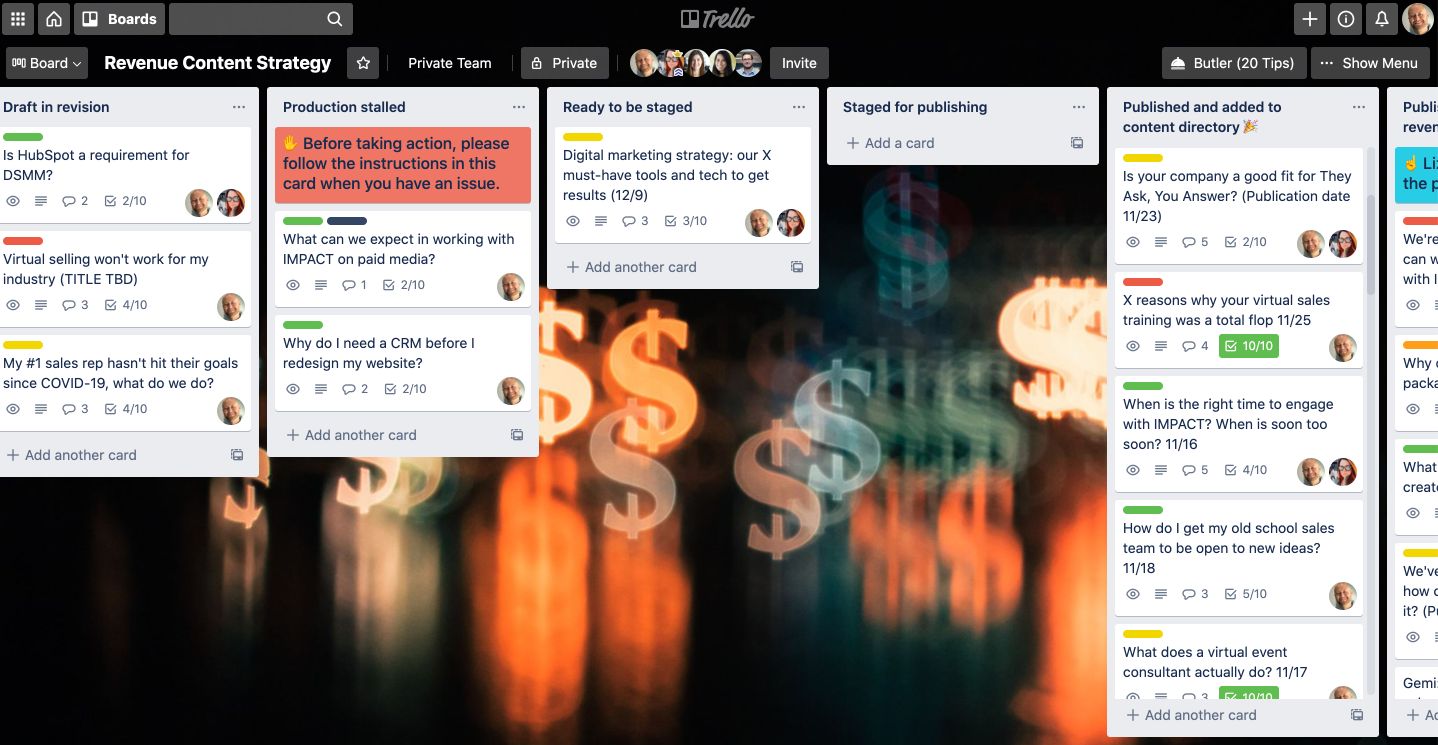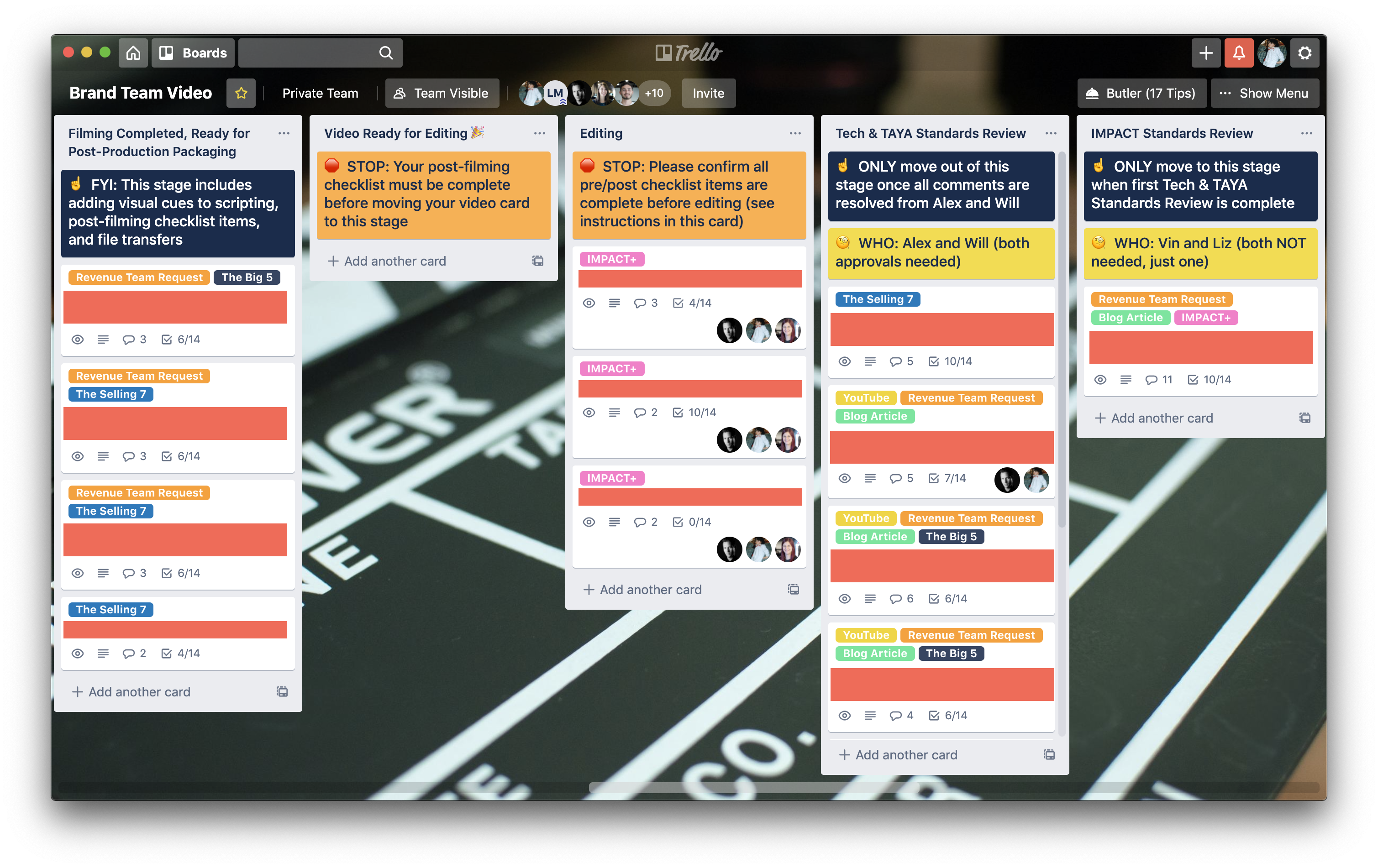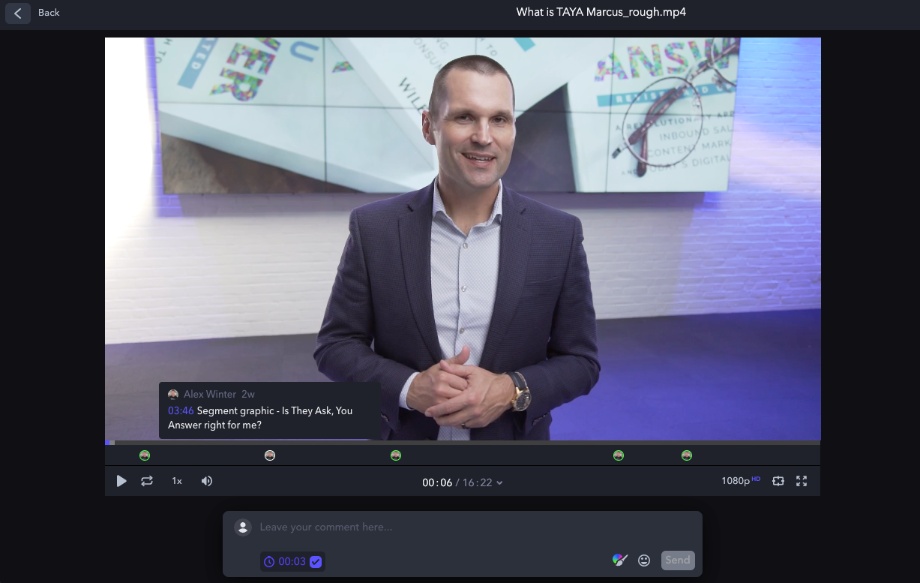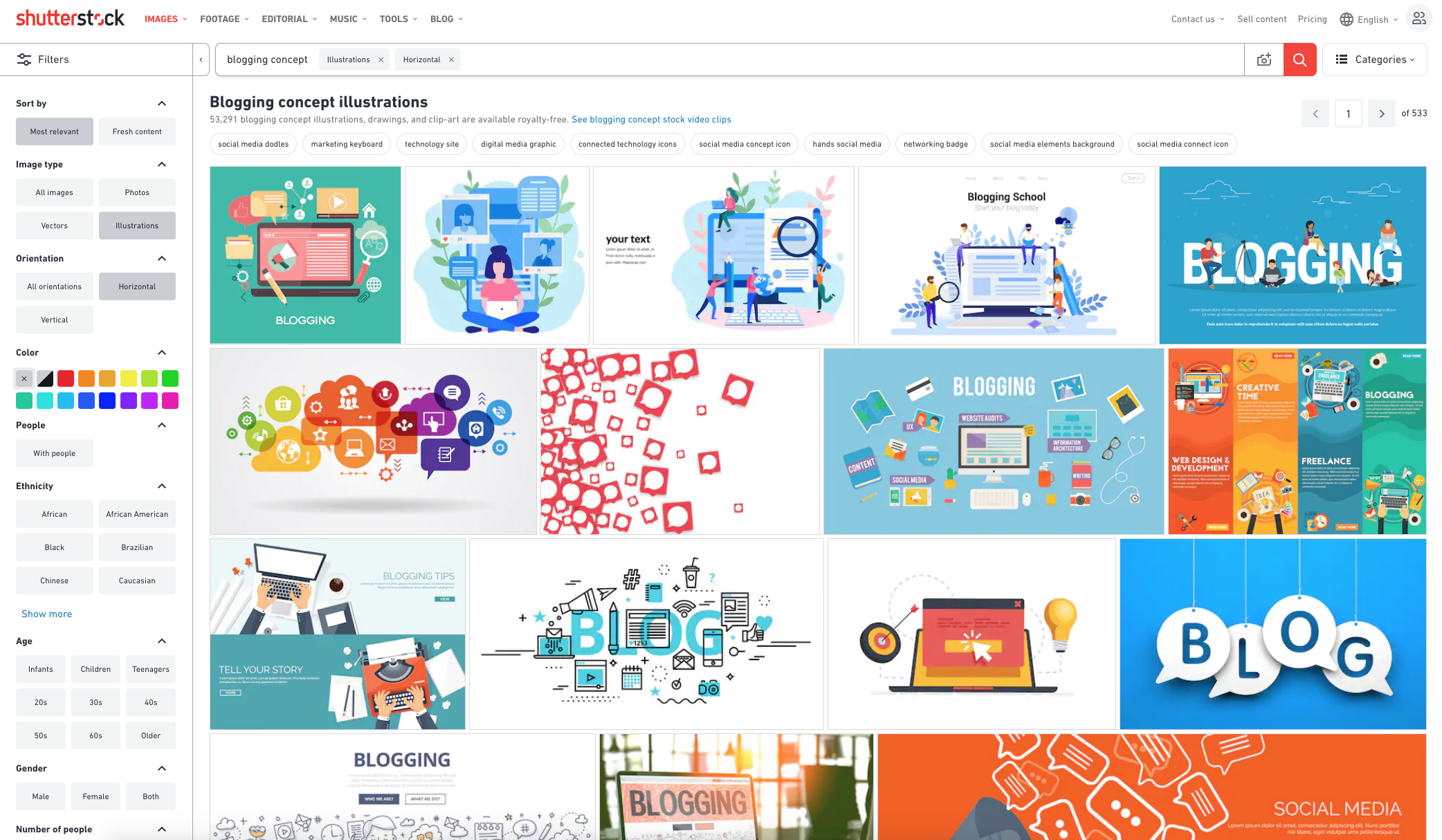These first ones are content marketing tools and apps for when you're putting together content strategies, performing keyword research, and so forth.
Let's start strong with Semrush's end-to-end Content Marketing Platform that helps you to build a data-informed content strategy focused on your audience's needs.
![semrush-content-marketing-platform]()
This tool is super helpful when planning each step of the content marketing workflow, from ideation to planning, creation, optimization, and measurement.
This is my go-to tool for keyword and traffic research.
![semrush-topic-research]()
You can actually add topics to your editorial calendar right within the platform. That way, you can manage all your activities (along with your colleagues) and track campaign performance.
To get started, type in a keyword you want to focus on. Then, the platform generates a brief with optimization tips taken from your top competition in search results. It will deliver recommendations on everything — ideal length of your content, the number of links and semantic keywords you should include, and much, much more.
The platform also has a rich-text editor, where you can test the content that targets a particular keyword. It gives tips on SEO, readability, and tone of voice. This is available as a Google Doc add-on and WordPress plugin.
![semrush-seo-writing-assistant]()
Then, you can use the AI-powered composer to edit, tweak, and wordsmith what you've already produced.
![semrush-smart-writer]()
And there's more.
After writing your content, you can audit it right within Semrush. Combining data from Google Analytics, Google Search Console, and Semrush right in the platform, you can analyze any content that is published on third-party sites — either your guest posts or your competitors’ articles.
There are paid and free versions. Click here to get started.
Another great content ideation and strategy planning tool comes from Ahrefs and is called Content Explorer. This tool empowers you to peruse the top-performing content pieces online for a specific topic:
Ahrefs offers a free trial of the product, but if you like it, you'll have to buy it.
Answer the Public is a powerful visual keyword research tool. It looks like this:
![answer-the-public]()
It's similar to Semrush's Keyword Magic tool, but it's a lot more visual (obviously), while also delivering more "human" ideas about what searchers are asking about a given topic.
The only thing to keep in mind is that you are limited to a certain number of free search queries per day – it used to be unlimited, but as of this update, that's no longer the case.
There are a lot of other robust tools and apps out there to help you with your content marketing, but Google Trends is not one to skip.
The simplicity of Google Trends belies its usefulness.
![google-trends]()
This is an incredibly valuable tool for you to quickly compare related terms to see which has higher search volume, catch topics in your niche on the rise, and so on.
It's a must-have. And it's free.
Content creation tools and apps
This next batch contains content marketing tools and apps for when you're creating content or collaborating with colleagues.
Since its release in the fall of 2022, ChatGPT has been a game-changer. Parent company OpenAI has dropped impressive updates and sleek new tools with ever-improving performance.
You can access the less powerful ChatGPT-3.5 for free, but the state-of-the-art ChatGPT-4 will cost you $20 per month.
![Screenshot 2024-02-19 at 2.13.05 PM]()
You can use plugins to help the tool do more — like read a URL or do SEO research — and you can design a custom GPT for a specific task. (In this post, my colleague Mandy York explains how she built a custom GPT that saves her 20 hours per week.)
Personally, I use ChatGPT for summarizing and pulling quotes from transcripts, which had been a laborious process. I also use it as a brainstorming tool. Remember, if you're going to publish anything generated by AI, make sure you fact-check it first. AI can hallucinate and plagiarize, so it's on you to double check.
Dall-E and Sora are image and video creation tools powered by OpenAI. At this point, the outputs still have an inauthentic look to them, but the technology is progressing so rapidly that you must pay attention to them.
For example, here's Dall-E's output from the following prompt: Create a colorful view of the Golden Gate Bridge at sunset, with birds flying in the distance and a large boat going under the bridge.
![Dall-E-sample-image]()
If you're stuck paying Shutterstock for images, it probably won't be long before generative AI can be a viable replacement.
Sora looks even more impressive, generating photo-real video from simple prompts. While it has not yet been widely released, the initial outputs look stunning:
Source
Trust me when I say Noisli is life-changing.
I used to spend so much time at work trying to find the perfect work playlist on Spotify to keep me on track, but most of the time I find myself distracted by music.
Noisli is a stunning, minimalist (and free!) background noise generator. Or, as they like to say, Noisli is “your productivity companion.”
![noisli-app]()
There are multiple studies showing the positive effects of ambient noise on productivity. Now, I’m a total convert, and it’s pretty much all I listen to when I’m trying to get work done.
With my free Noisli account, I’ve created and saved custom blends of sounds— which you control using the soundboard shown on the left — that can set the tone for my entire working day.
Sound options include rain, thunderstorm, wind, forest, leaves, water stream, seaside, water, bonfire, summer night, fan, train, coffee shop, white noise, pink noise, and brown noise. Not sure what those are? You'll have to check out the app!
There are a lot of ambient noise soundboards out there, but Noisli takes the cake for me because of its simplicity. Within seconds of firing up the totally free website, my Chrome extension, or the app, I'm off and running.
Fun fact: You can also share blends of sounds with other people.
Noisli is available for free through the website. There is also a free Chrome extension and iOS app available for $1.99.
If you think back to high school and cringe at the cluttered and distracting writing experience of Microsoft Word, check out Bear.
![bear-writing-app]()
Bear (available only for iPhone, iPad, and Mac) is an app that's all about empowering users to "write beautifully." And it does that so very well.
For a long while, it was my go-to for the drafting of every piece of content I created – blog articles, pillar pages, scripts, you name it. Especially since, in addition to comprehensive and lengthy content creation, Bear can also be used as an Evernote-esque notes application, making it quite versatile.
Bear is free, but if you splurge on the paid version ($2.99 per month), you can enjoy custom themes, syncing across multiple devices, and exporting capabilities.
Ulysses is a neat alternative to Bear, and thousands of writers and content creators swear by it for their writing and drafting needs.
![Ulysses]()
Fair warning, Ulysses (which is subscription-based) is not for the faint of heart. However, it only took me five minutes of using it to become a full convert. (Like Bear, it's also only available for folks who have a Mac, iPad, or iPhone.)
The wide range of features is positively bananas. Because this app has such a devout following, it has the revenue stream that allows it to be more developed and less buggy than other competitors.
To be clear, I don't think this app is for everyone. For some, it may be overkill.
That said, if you're someone who creates a ton of content, and you're struggling to find a way to bring order to the disorganized mess of Google Docs folders, Ulysses is for you. If you want the ability to set goals, see stats, and easily create polished, designed versions of your creations with a couple of clicks, give Ulysses a try.
After a free trial, Ulysses costs $5.99 per month, with cheaper options for students.
Blogabout is a tool we created at IMPACT to help you align with your buyers. Ever wonder what questions are on your customers' minds? The best way to find out is to talk to actual customers and to your sales team.
The second best way is to use Blogabout. Just enter a bit of information and you'll get dozens of blog topics to help you fill up that content calendar.
![Screenshot 2024-02-19 at 4.10.02 PM]()
Descript is an all-in-one video and audio editing tool. You can edit videos as easily as you can edit a Google doc, you can pull transcripts from videos, and you can splice in AI-cloned voiceovers when someone flubbs a line.
![Descript-example]() Honestly, the tool is pretty impressive, and it adds new features all the time — including the AI-powered ability to keep your talent's eyes on camera.
Honestly, the tool is pretty impressive, and it adds new features all the time — including the AI-powered ability to keep your talent's eyes on camera.
There is a limited free version, and paid tiers start at $12 per month.
A year ago, I hated being on camera. Today, while I'm still a little squeamish, I'm pretty sure I use the Vidyard Chrome Extension more than any other tool in my arsenal.
I use this free screen capture and webcam recording tool to:
- Create internal team videos. Since so many employees are remote now, sending a video is an easy and efficient way of communicating. It's the equivalent of walking over to someone's desk for a chat.
- Film short videos to include in blog articles to punch up an otherwise ho-hum piece of content really nicely.
- Provide strategic guidance to content creators. A quick video is the shortest path to alignment on content initiatives.
IMPACT's sales team also swears by Vidyard's Chrome Extension for personalized, one-to-one sales videos. (If your team isn't using video for sales, it's time to level-up your sales process.)
Vidyard Chrome Extension is 100% free!
I don't want to bother graphic designers when I just need simple graphics for a piece of content I'm creating, so I use Canva — a fantastic free design platform.
![Canva]()
Obviously, Canva shouldn't take the place of your designers entirely. Canva works for putting together quick social media graphics, accent images for content you're creating, and so forth.
With an ever-expanding number of AI tools, Canva keeps upping its game for content creators.
Canva is free, but it also has a pro option for $12.95 per month, as well as custom enterprise pricing for teams of 20 or more.
Placeit is a website for creating mockups — which can be richly helpful for content marketers. You can put an image on a computer, a phone, or pretty much anything else.
![Placeit]()
Do they look good? Well, the end product is going to depend on your eye for what a good uploaded screen capture looks like. But the short answer is yes, definitely.
In fact, here are a few examples of ones I've made for other pieces of content...
![mockup-featuring-an-imac-set-up-on-a-beautiful-wooden-desk-a20415]()
(Used in an article on images vs. no images in email newsletters.)
![They-Ask-You-Answer-book]()
(A quick little image I threw together of They Ask, You Answer.)
The final product of your Placeit mockup — whether it's a t-shirt, book, computer screen, smartphone, tablet, or mug — will depend on the quality and placement of the image you upload.
Placeit is about $10 per month for unlimited downloads.
Proofreading tools and apps for content marketers
Next up are the essential tools to help your writing shine. Use these to make sure you're always putting your best prose foot forward.
Whether you’re a seasoned content creator or you’re a new kid on the marketing block, you undoubtedly know how hard it is to write and edit your own work — because you are too close to your writing to gauge its quality.
Thankfully, someone created Hemingway.
![hemingway-writing-app]()
The Hemingway app forces you to evaluate the readability of your work. It tells you what grade level your work reads at, and it scans your work for sentence complexity, passive voice, and overuse of adverbs.
While you have the option to write directly in the Hemingway app itself, I find these kinds of mark-ups to be very distracting while I am trying to form my ideas for the first time.
Instead, I usually type my first draft in Bear and then copy it over to Hemingway when I'm ready to switch my brain over to editing mode. (But how you choose to use this app is entirely up to you!)
There's also an AI-powered writing assistant at your beck and call.
You can use Hemingway for free through your web browser at www.hemingwayapp.com, or you can download the desktop version for $19.99.
Draftback is a free Chrome extension that provides tons of insights into your writing process in Google Docs. You can see how long you spent writing a given document, when and how you made revisions, and more.
![draftback]()
You can even watch a full recording of your actual writing process, should you wish to make yourself suffer.
Draftback is free!
I know, I know. At first, this free-to-use website looks exceedingly straightforward — and it kind of is.
You copy and paste your text into a frills-free box, and you get some data about how many words you wrote.
![wordcounttools.com]()
But if you don't scroll down the page, you'll miss three of my favorite things about this powerful little website:
![wordcounttools.com]()
You can see how long it takes to read or speak your content!
On top of that, you get a slew of reading statistics. My favorite thing, however, is that it measures what's called "keyword density," where you can see how many one-, two-, or three-word terms or phrases you repeat throughout your content.
I love that last feature because, not only can I see how many times I feature a keyword (for optimization purposes), I can also catch one of my most common writing ticks with ease — constantly reusing the same words and phrases.
Grammarly for Google Docs is not a separate tool from standard Grammarly. It's just a feature that is incredibly valuable for writers.
![grammarly]()
For those unfamiliar, Grammarly is a standalone desktop and web app that also has a Google Chrome extension that scans your writing in various places across the web (or as input by you) and provides editorial suggestions.
It's not perfect. As with any technology, there are a few limitations to the tool, but it's great having a digital second set of eyes on what you're writing.
Please remember that no automated editorial assistant is infallible. Grammarly doesn't fully replace the need for you to proof your own work. You must review every suggested edit; never blindly accept them all.
Like everything else on the web these days, Grammarly offers an AI writing assistant that I've found marginally helpful.
Grammarly is free, although you might want to spring for the premium version, as it scans for more nuanced grammar issues that can weaken the quality of your writing.
Content marketing collaboration tools and apps
These are project management and collaboration-type tools to help keep your content marketing initiative humming along.
I can't imagine my life without Trello.
I use it to manage all of my projects and tasks as an individual contributor, broken down by content I'm on the hook for creating, strategic content objectives, team management and administrative tasks, tasks that are currently under review, completed items, and stalled tasks.
![trello-jpg]()
And we've used it to manage the pipeline for our video strategy:
![Screen Shot 2020-09-25 at 7.38.23 AM]()
I'm a long-time GatherContent devotee (and I'm going to talk about that next), but for ongoing pipeline management Trello can't be beat.
It's lightweight and easy to start using immediately. You can set up automated notifications for when something is due soon, due now, or overdue. You can keep all communication around a single task in one place. You can customize and adjust your Trello pipeline structure in mere seconds.
Honestly, I can't imagine going back to a world without Trello. I remember trying to wrangle a disorganized series of Google Docs and an endless stream of, "Hey, did you see my comments on such-and-such draft? I'm not sure when it's due, but..."
With Trello, all of that pain went away.
Trello has a free version, plus paid options starting at $5 per month. I've been using the free option for some time, and even at that level, it works really well!
ClickUp describes itself as the one app to replace all the others.
At IMPACT, we've been all-in on ClickUp for a few years now, and I have to say that I'm a total believer.
At its heart, ClickUp is a project management tool, and we use it to collaborate, track comments, and stay organized and monitor time commitments as we move our complex tasks forward.
There's a whiteboard feature, tons of integrations, a pretty nifty AI tool, and intuitive functionality that make keeping aligned easy.
ClickUp is also highly customizable and always seems to be rolling out new features, so it can do pretty much anything you need.
ClickUp has a free version, with higher tiers for teams and bigger companies.
Video is one of the most powerful mediums of content you can create. If your company creates marketing and sales videos that require feedback from lots of people — as they often do — you are going to absolutely love Frame.io.
![frame.io]()
Frame.io is so easy, anyone can use it. Once a rough cut of a video is ready for review by your teams, you can share a link. With a couple of clicks, folks can quickly add comments anywhere in the video.
Frame.io has a free version, as well as options for team and enterprise pricing.
Images and photography
In the wrong hands, stock photography can be the kiss of death. That said, there are ways to leverage stock photography so it actually elevates your content. Custom photography is not always an option and, as we said before, AI doesn't always look right.
Additionally, you need to read the licensing parameters for every photo or image you ever download. Otherwise, if you improperly use an image (for example, some are only licensed for editorial use, even if you buy them), or don't cite an image source correctly, if required, you could end up in a lot of costly legal trouble.
So, with those caveats in mind, here are my two favorite stock photography websites.
![Shutterstock]()
I love that I can sort images by orientation, image type, color, diversity, gender, and so on. Shutterstock makes finding the right image quickly a cinch. Also, in addition to still images, you can find footage and music.
With Shutterstock, you can buy each image individually, or you can purchase a team package, annual package, and more.
![Pexels]()
Keeping in mind that you need to be really careful about attribution and image use (unless you like inviting legal troubles to your doorstep), Pexels is a great stock image site if you're in a pinch.
Why? Because every image is 100% free and you don't need an account to use it.
Keep in mind, however, that the selection on Pexels is extremely limited, compared to what you'd find on a site like Shutterstock.
But it's great for broad, thematic images that fit a more modern (and a less 1990s, early 2000s) aesthetic.
Pexels is free. Hooray!
/Assets/base/Navigation%20Icons/navigation%20arrow%20-%20facing%20right-01.svg)
/Assets/base/Navigation%20Icons/navigation%20arrow%20-%20facing%20right-01.svg)
/Assets/base/Navigation%20Icons/navigation%20arrow%20-%20facing%20right-01.svg)



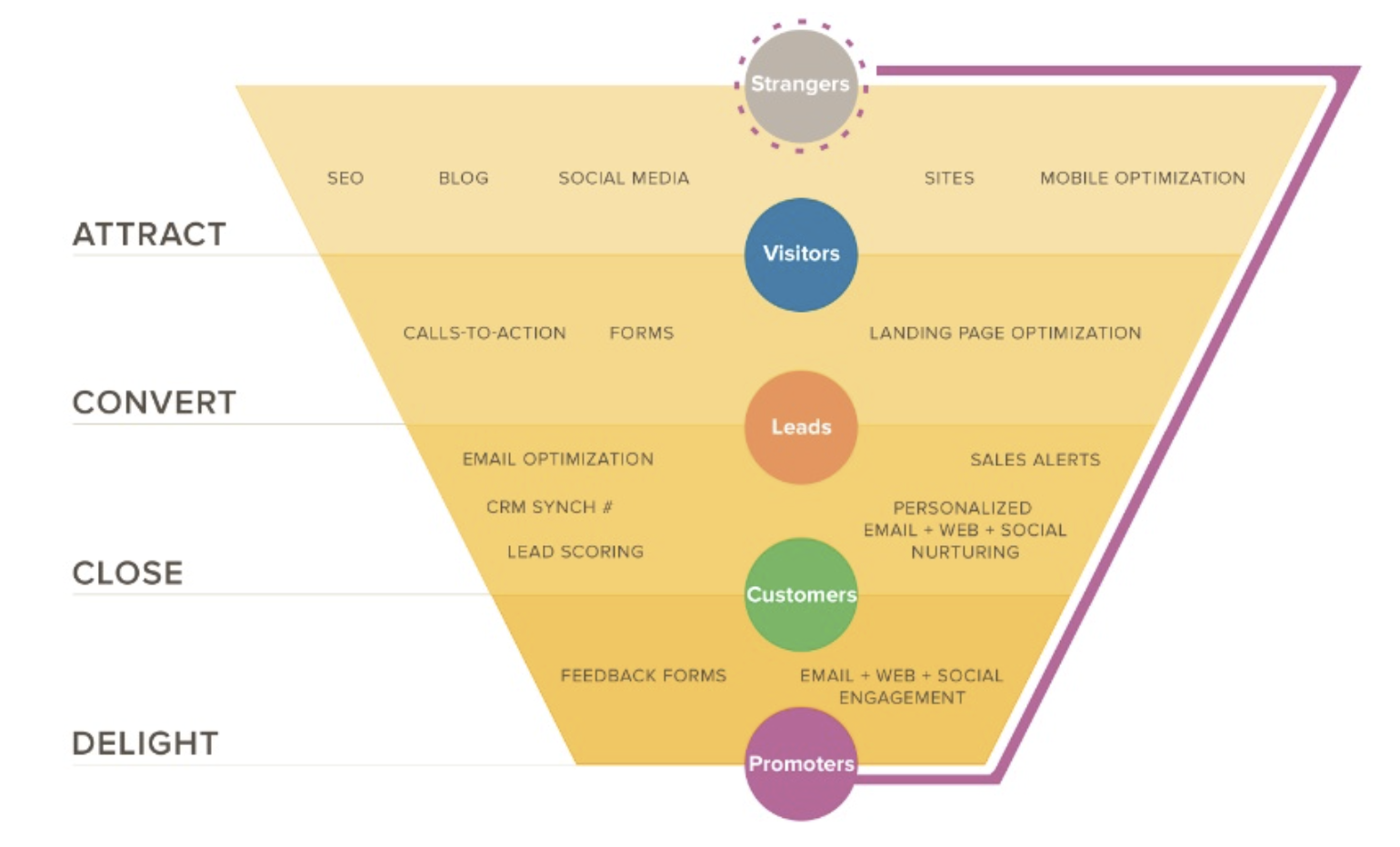
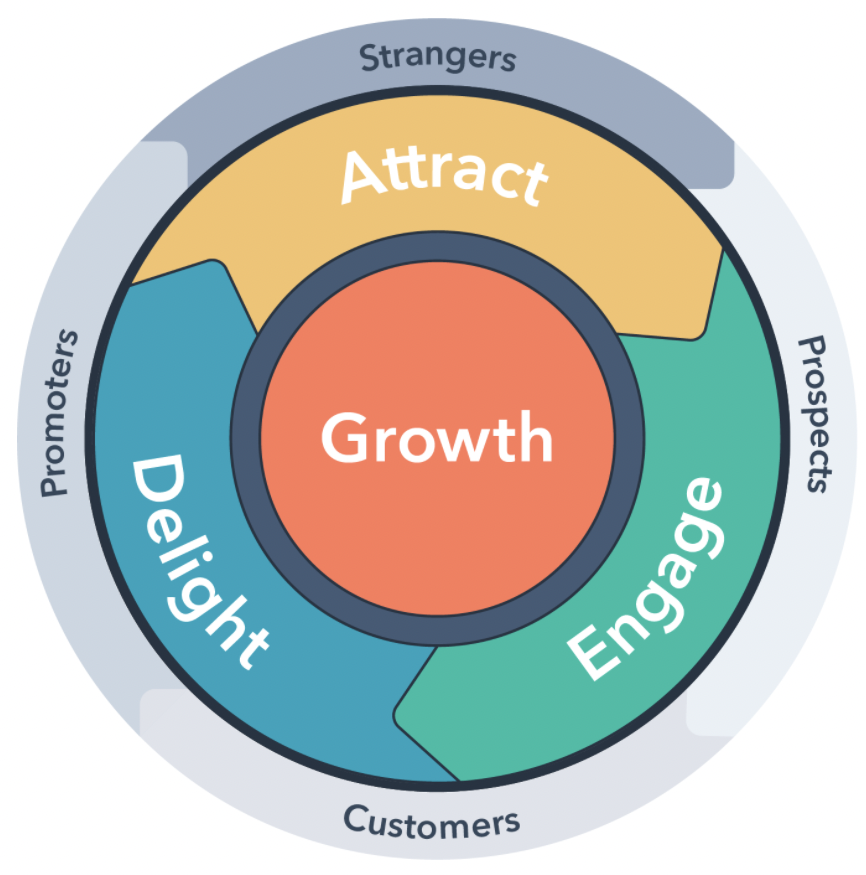
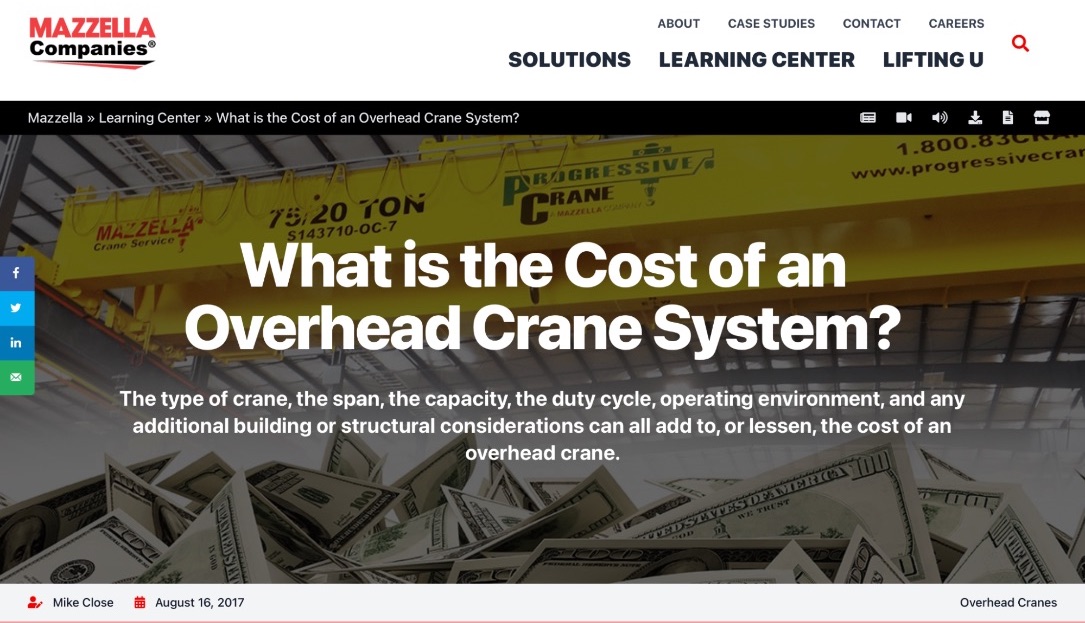
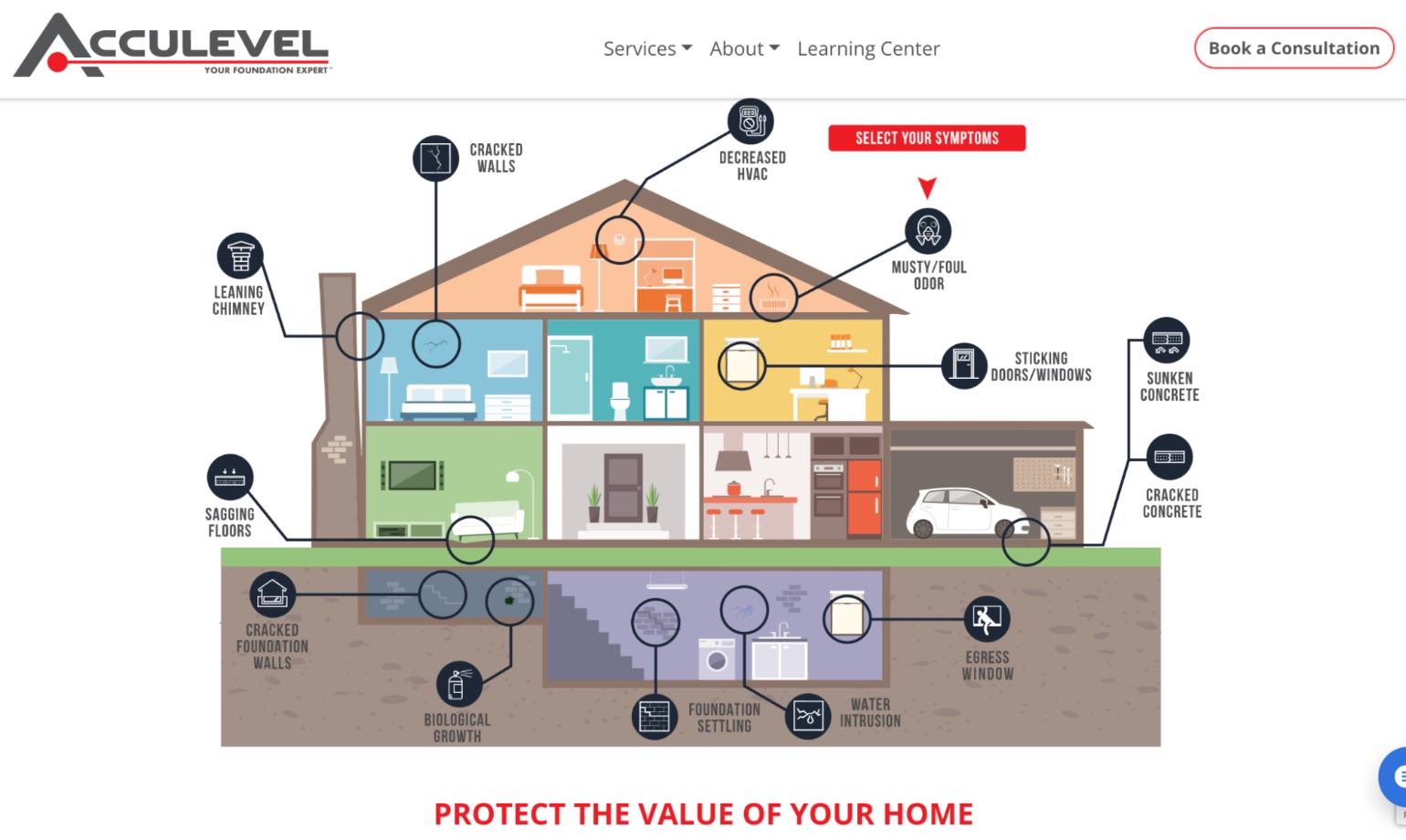
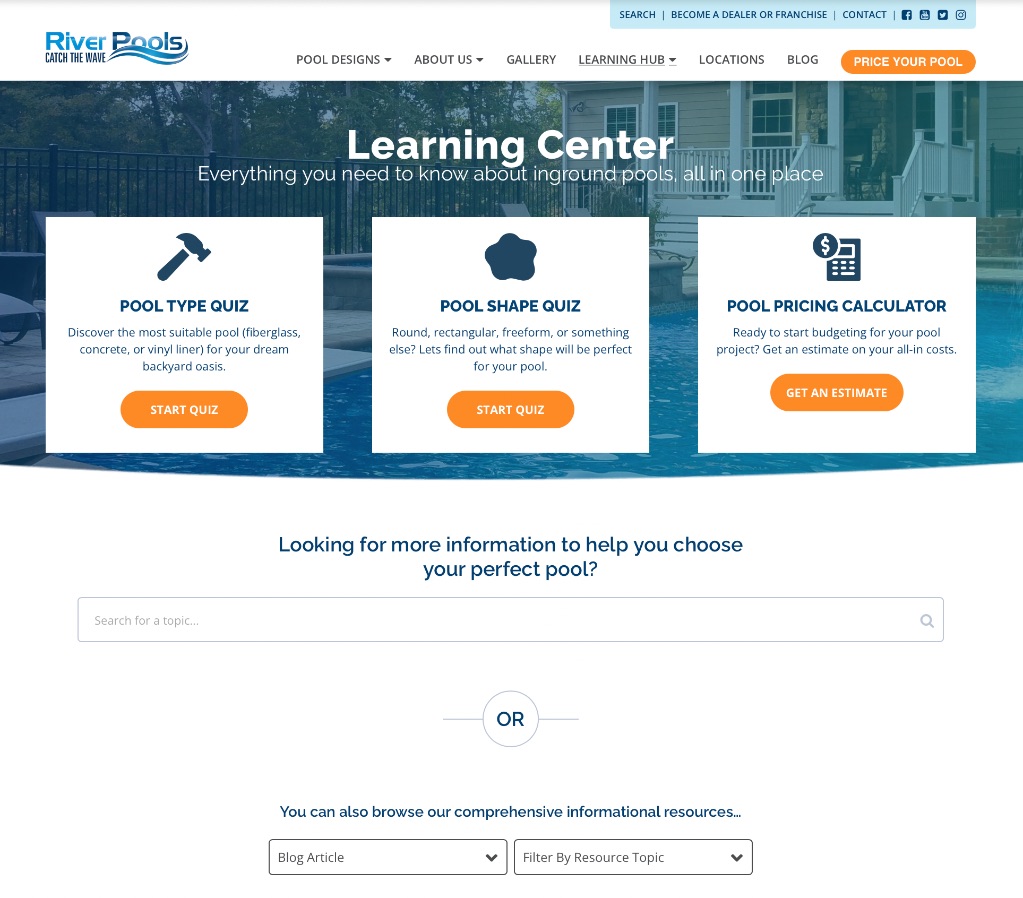
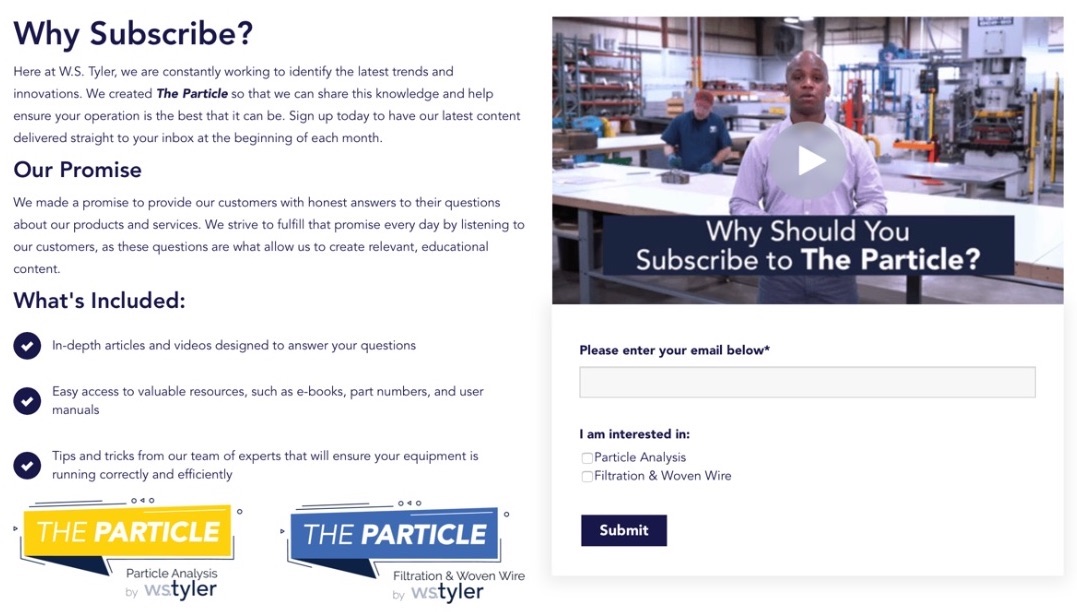
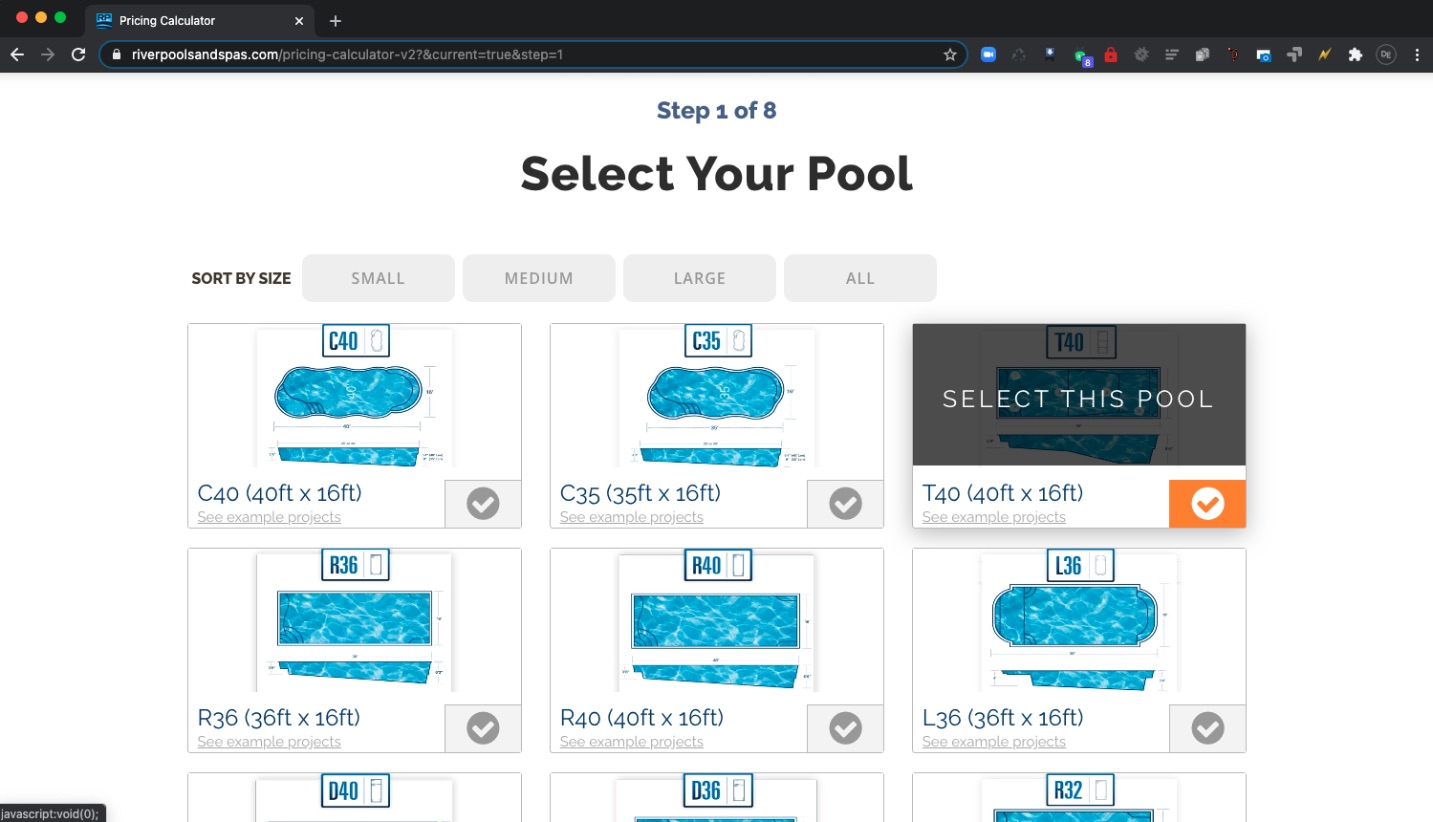
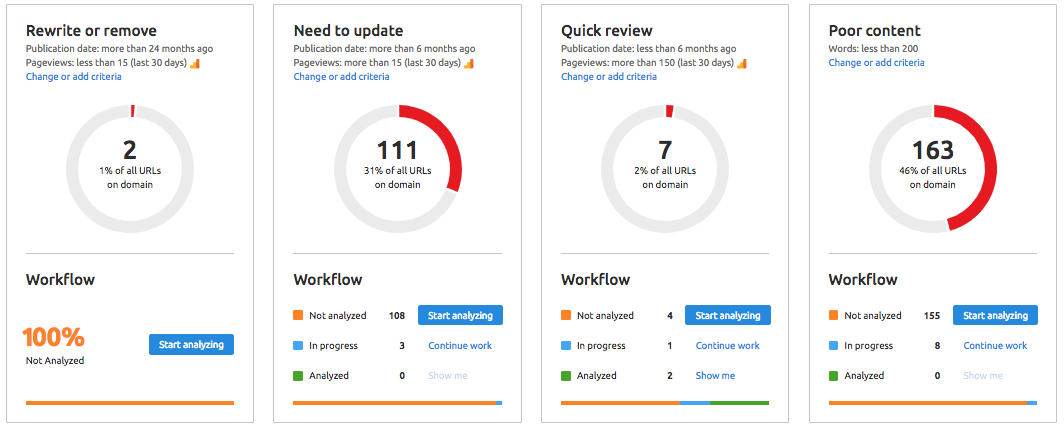
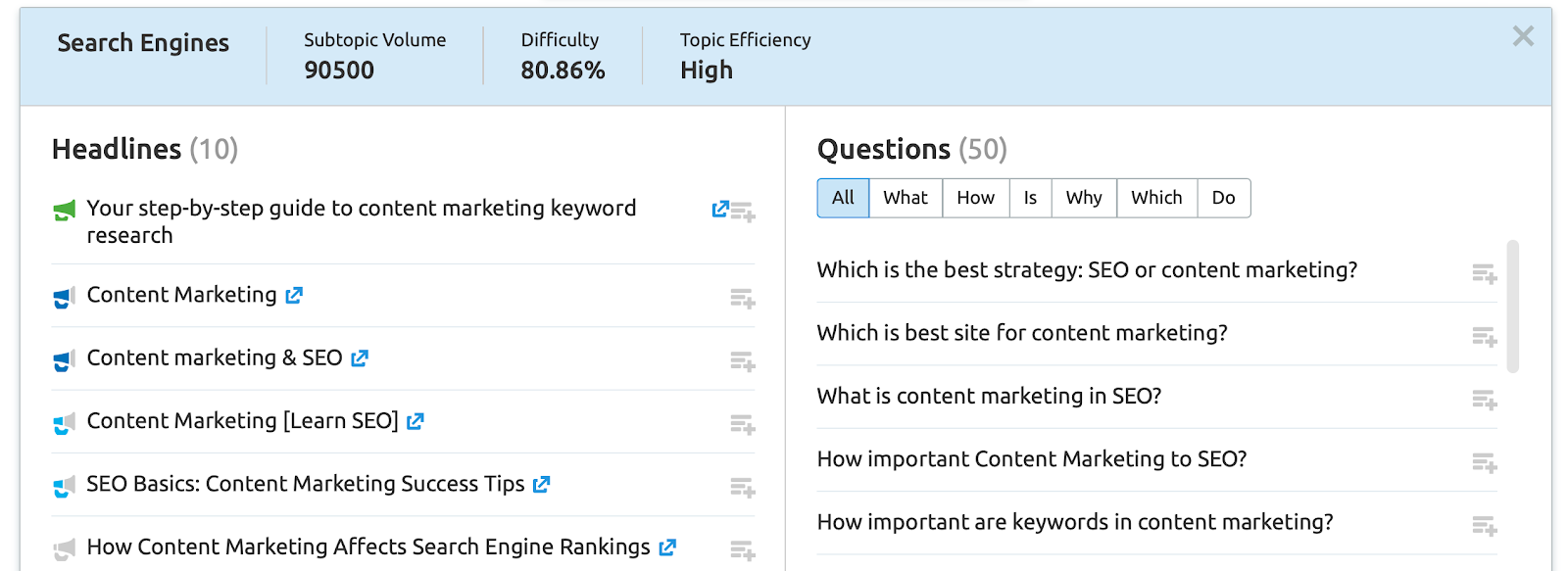
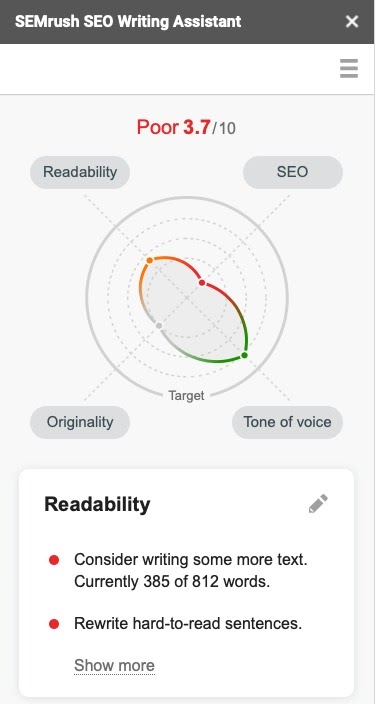
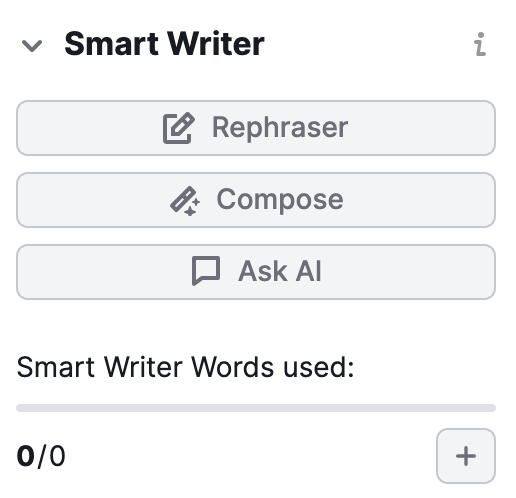
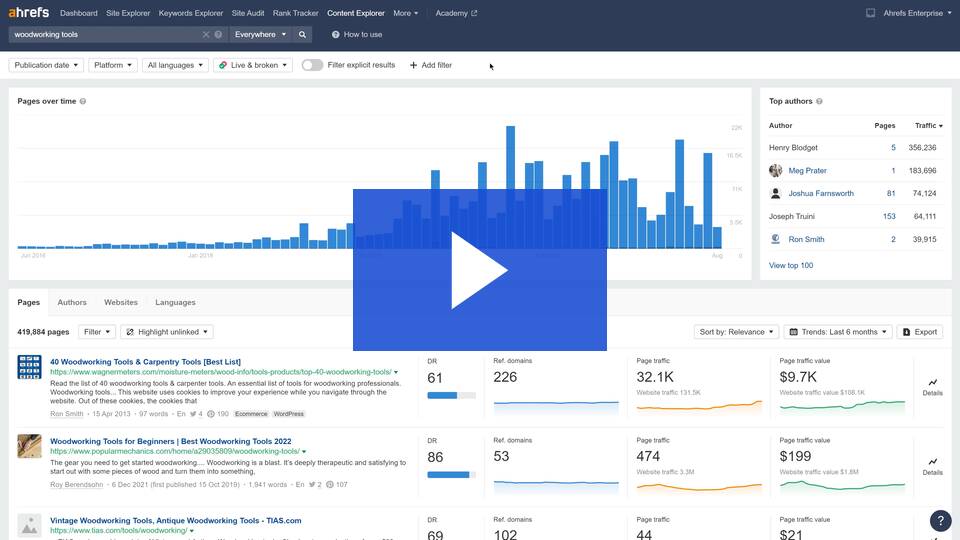
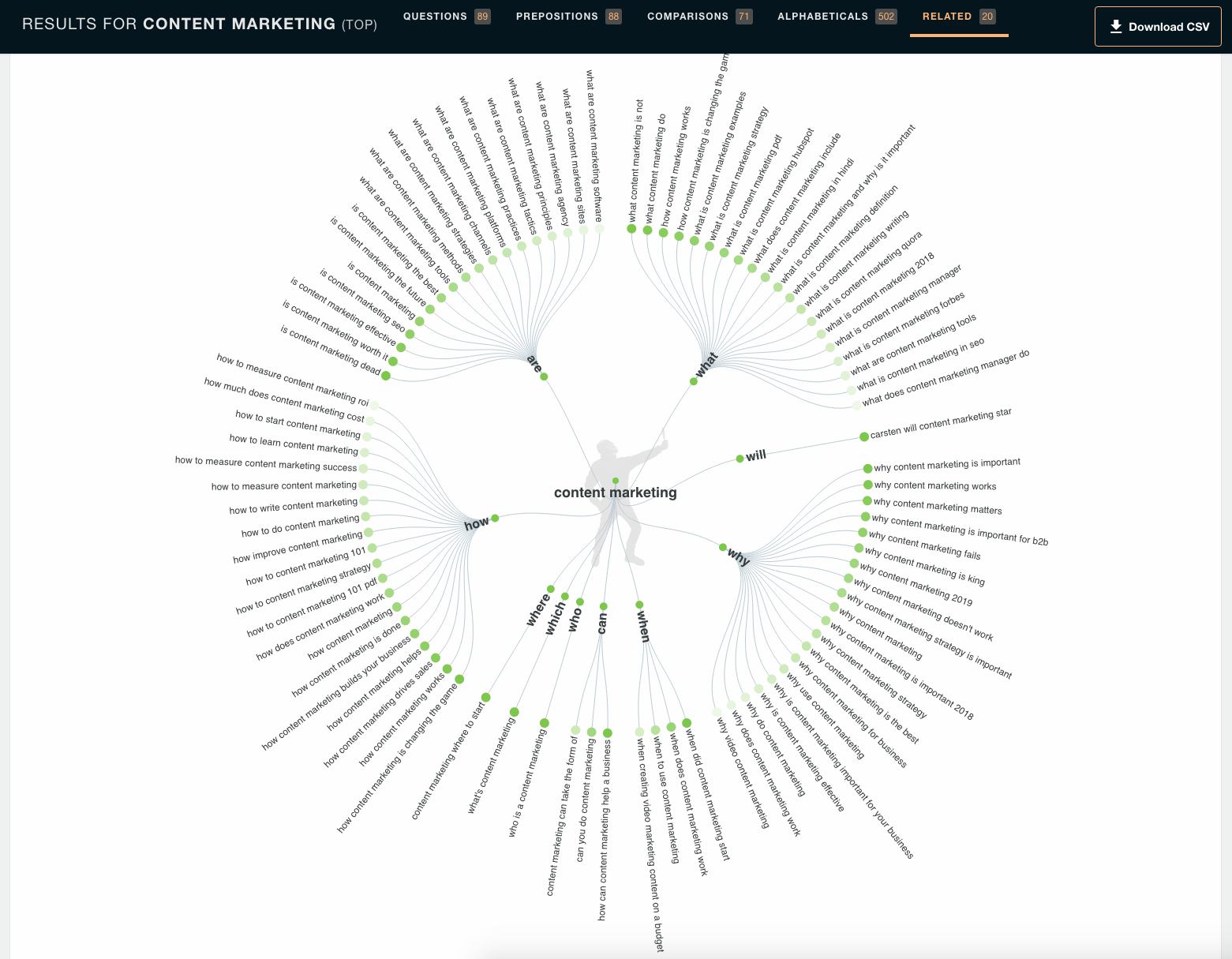
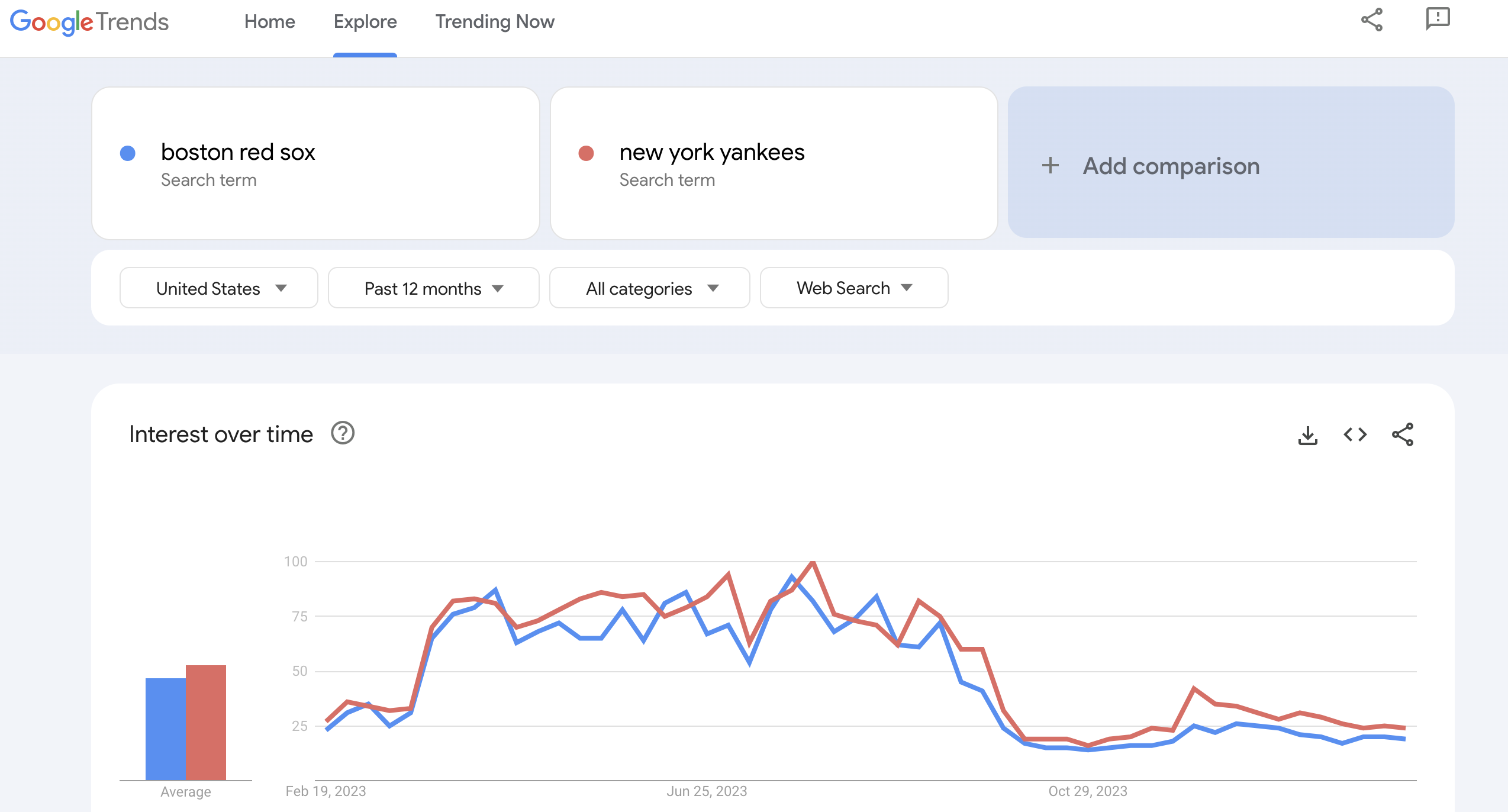


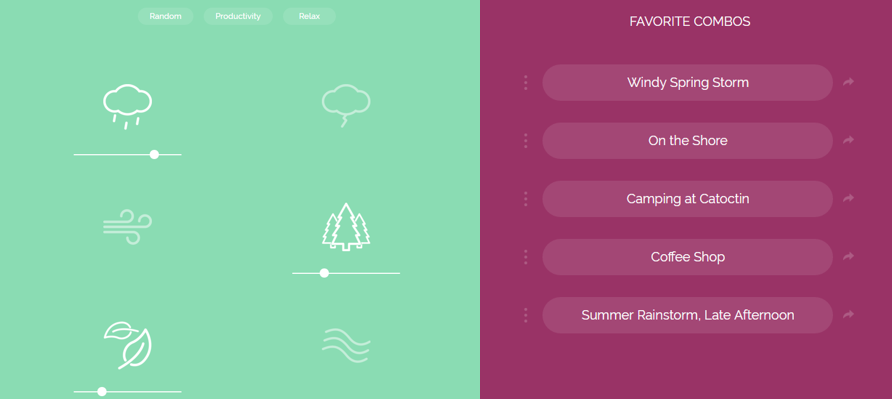
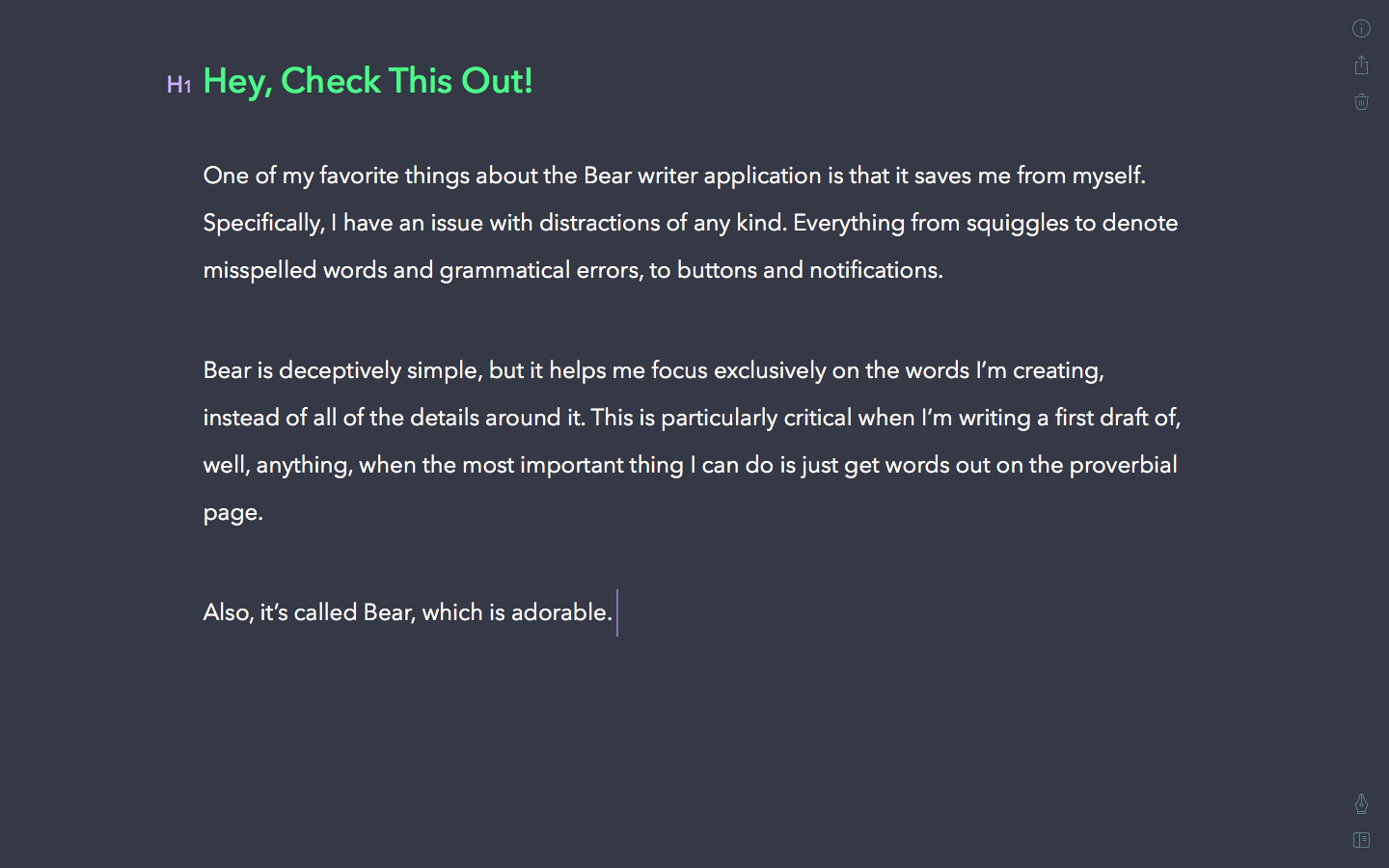
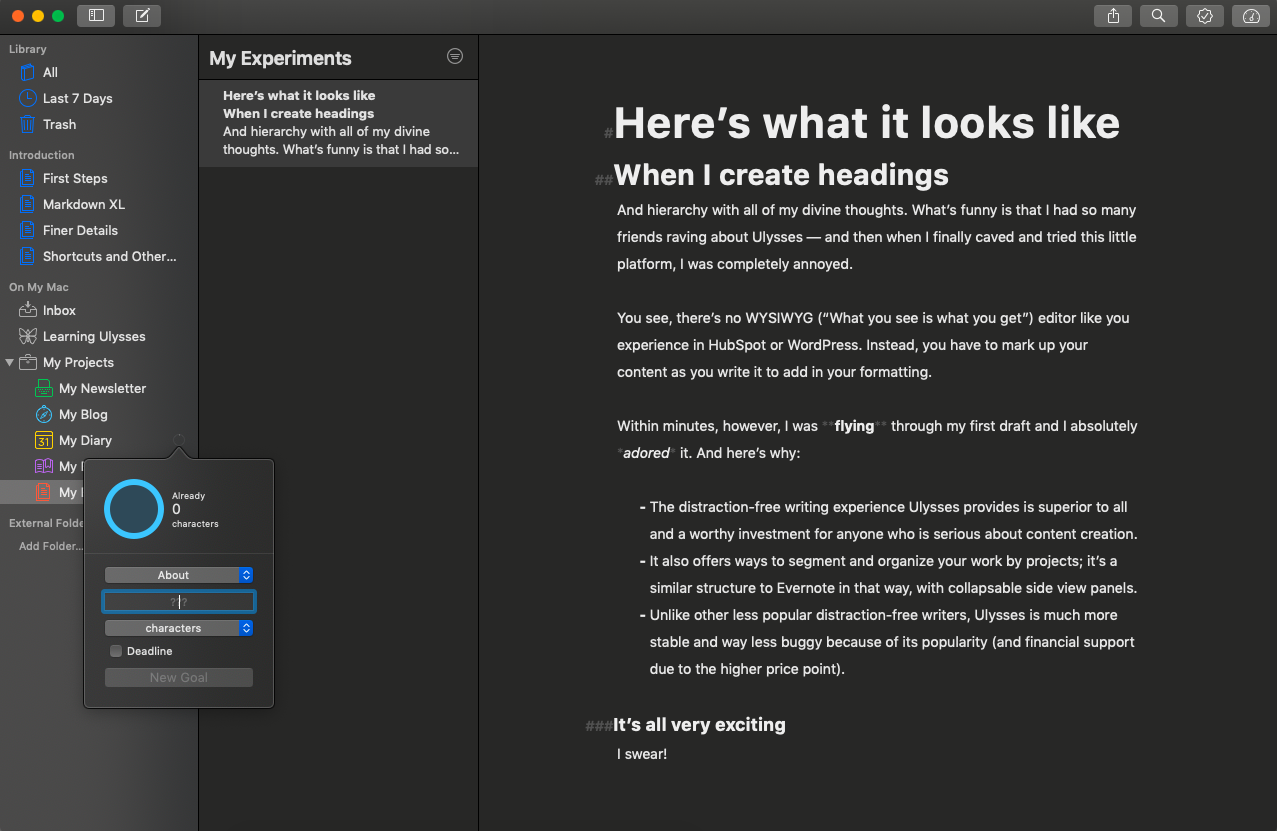
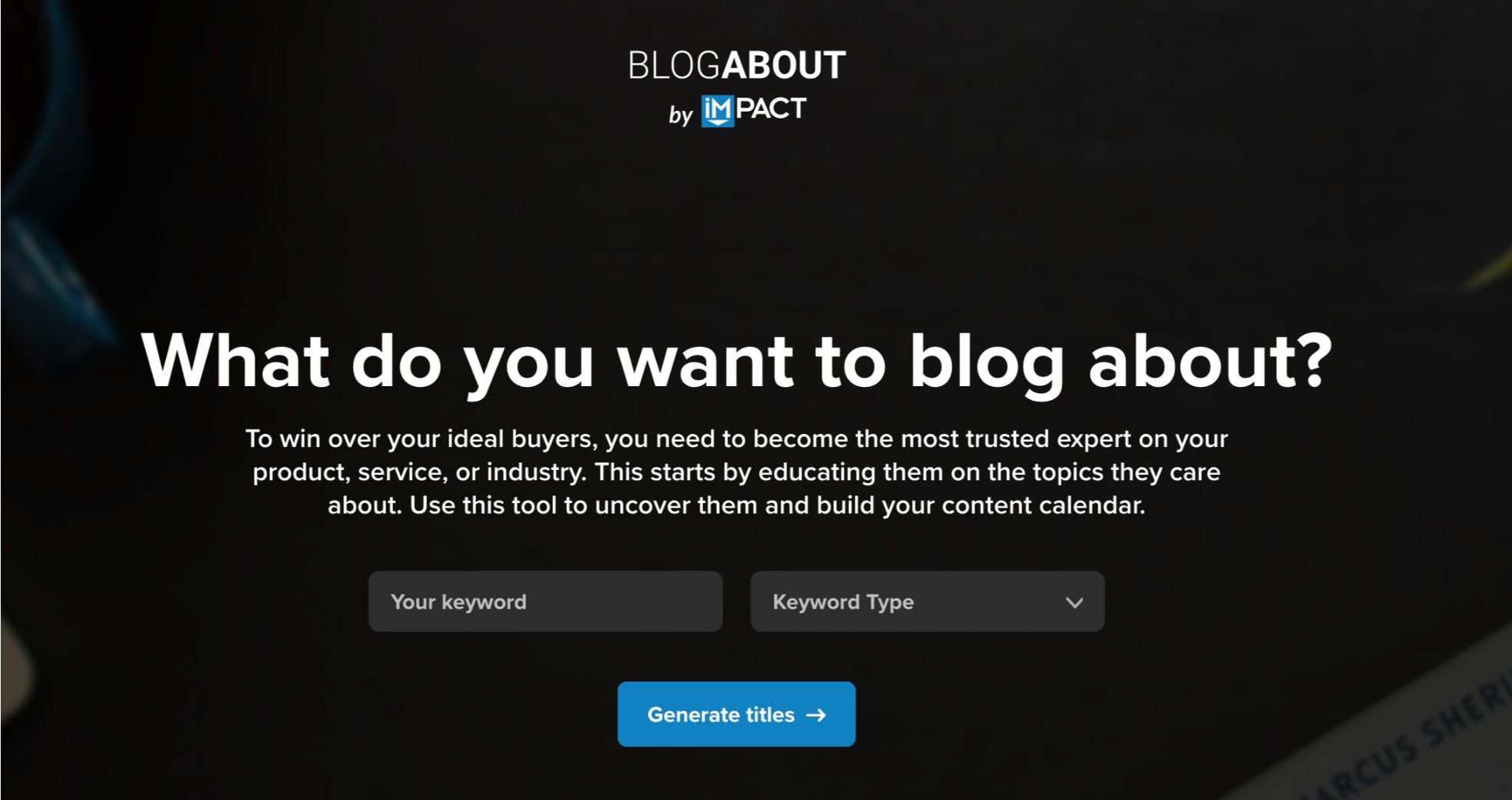
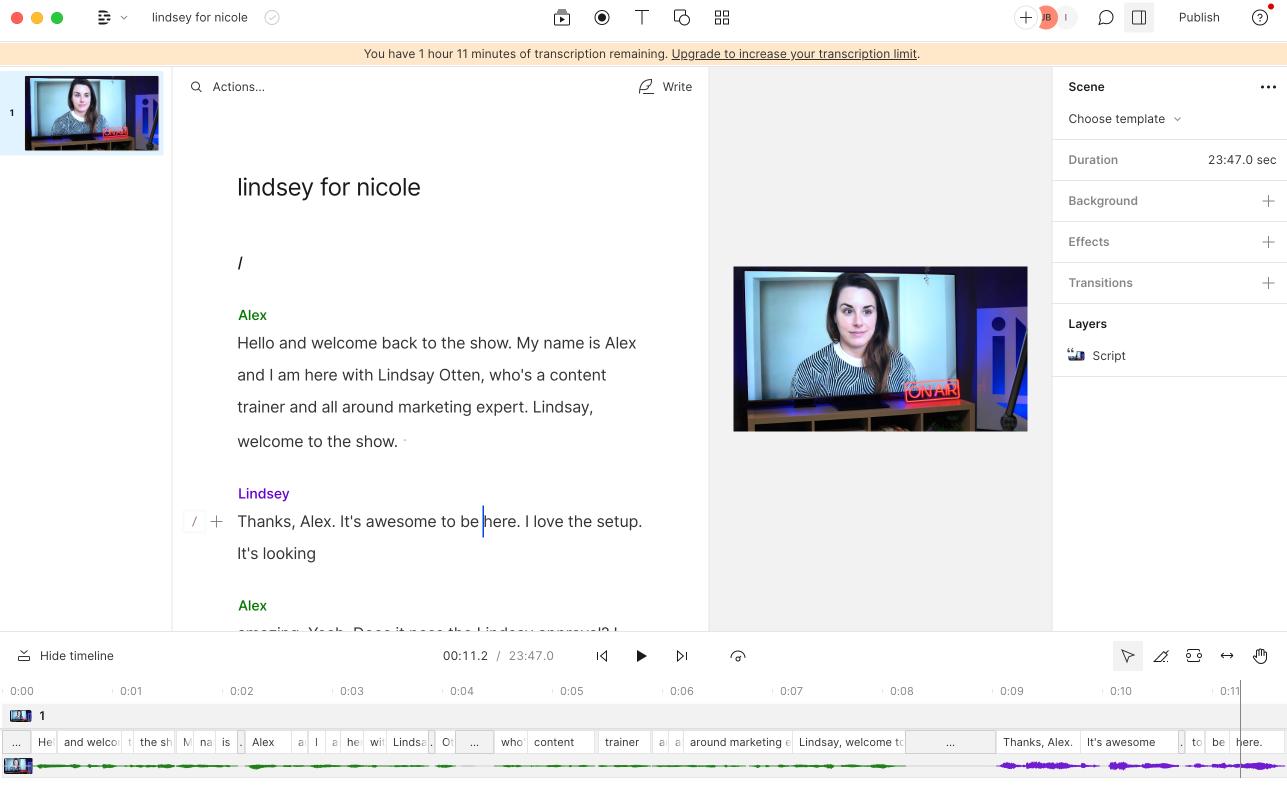 Honestly, the tool is pretty impressive, and it adds new features all the time — including the AI-powered ability to keep your talent's eyes on camera.
Honestly, the tool is pretty impressive, and it adds new features all the time — including the AI-powered ability to keep your talent's eyes on camera.
